As a general rule for every op-amp circuit, the output voltage is never able to go outside the bounds of the supply voltage rails connected to the opamp.
In the OP case, you do need a negative power supply rail. Of at least the most negative voltage you ever expect to see at the output. (E.g. if you never expect the voltage to be lower than -1.5V, and a rail-to-rail opamp is used, then a -1.5V supply rail should be sufficient.)
In some cases, the voltage of the opamp output can never reach the supply rails of the opamp, and will be clipped (constrained) a volt or two below the positive rail, or above the negative rail. So the usable output voltage is smaller than the power supply rail's range.
This is especially common with cheap, jellybean op-amps like the LM358 and LM324.
You can overcome this by buying (usually slightly more expensive) op-amps which are specified as "rail-to-rail" opamps, meaning the opamp output voltage is able to swing to the entire range of the supply rails, without any dead range that it can't reach close to the supply voltages.
But any opamp, even a rail-to-rail opamp, can never have an output voltage swing that goes outside the supply rails.
You also need to check that the opamp you select is compatible with the supply voltage rails that you want to use. Some opamps may not be specified for (positive or negative) supply rails that are too high.
And you will need to check the usual AC characteristics of the opamp, like gain-bandwidth product and slew rate, to ensure it is fast enough for your signal, if relevant.



